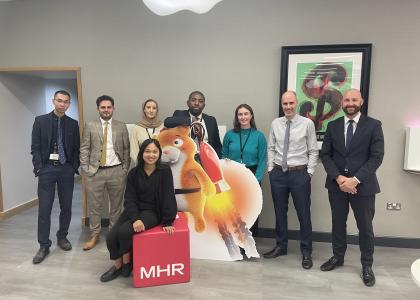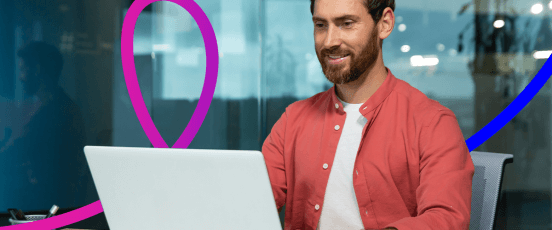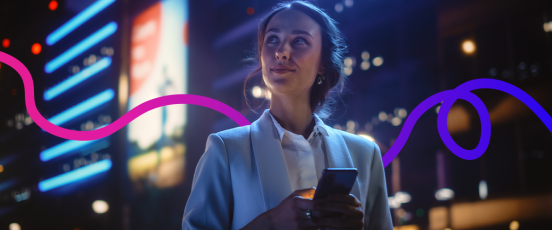Five takeaways from my summer internship at MHR

Over the years, my design background has always involved the designing of physical products. So, when I saw the opportunity to work as a User Experience (UX) designer at MHR for the summer, I thought “why not?”. It turned out to be a very eye-opening experience as I got to step into a new field within the design industry, widening the possibilities of my future career. Fast forward to the end of my internship, I can finally reflect on my 12-week experience. Here are my top 5 key takeaways.
1. Understanding what UX design entails
Before my internship, I had little knowledge of what UX design involves. Having had first-hand experience as a UX designer, it has opened my eyes into the digital side of design.
So, what is UX design? From my understanding, it’s all about designing for usability, ensuring that people’s experiences using products are painless, efficient and interactive. Although my internship was predominantly digital, the skills I’ve obtained are also transferrable to the physical aspects of design.
Now, I understand the UX design process used at MHR and the practice of collaborating with the stakeholders, especially the software developers and product owners. They all contribute towards one goal – ensuring the product is easy to use and accessible for all users.
2. Designing and prototyping in Figma
My number one goal this summer was to learn Figma in preparation for my final year at university. Fortunately, I was able to do this through my internship whilst getting paid!
I got to apply the new skills that I learnt, through tutorials and guidance from my colleagues, into the live projects I was assigned to. In Figma, my favourite thing to do is create animations – there’s just something so satisfying about getting it to work in the way you imagine it to and being able to share it to relevant people.
As a result of creating my own designs using Figma, I have more of an appreciation towards the details of user interface (UI) design that I initially took for granted as a mobile/tablet/desktop user. It has shifted my mindset as I now pay more attention to features such as navigation, hover states, animations and even dark mode (just to name a few).
3. Designing for accessibility
MHR has been on a mission to implement changes within their products, ensuring their designs are accessible to everybody. This constant effort and practice amongst the team has made me more aware in considering the following:
- how a screen reader may read a page
- how different languages can impact the design
- whether the colour contrast is suitable
I feel that this knowledge has impacted the way that I think and has helped me become a more conscious designer, with intentions to reach a broader audience. This will definitely aid me in my return to final year as I can adopt this approach when designing physical products.
4. Gathering research through interviews and user testing
User interviews is a platform that I encountered, which organises interviews with participants that have specialist job roles that was required to test MHR’s software. This enabled me to ask relevant questions that expanded my understanding of the subject research and highlighted user pain points. I got to analyse the responses and extract insights that led me to implement my findings into possible design solutions.
Another skill that I’ve acquired from this experience, is the ability to conduct user testing for my designs and receive feedback to help with the progression of the project. This was done through Maze (a testing tool), which revealed to me the importance of testing, as user input helped influence and justify the development of design concepts.
5. Adopting the Agile process
Agile is a methodology that separates a project into several phases, requiring reassessment at each stage of development, by involving key people in the decision making.
Being in this environment over the summer, has changed my perspective in the ways a project can be managed. This flexibility encourages collaboration between the team, by adapting to feedback all throughout the phases, leading to an efficient way of working and a more desired outcome. This differs to the more linear waterfall method that goes from start to finish, resulting in the inability to accommodate changes.
Overall, my time at MHR has been super valuable and enjoyable! I highly encourage those that have the time during their summer to reach out and gain experience in the real world, as industry work teaches you vital lessons that university cannot replicate.
In a short timeframe, I was able to build on my skillset and grow as a designer whilst also gaining insight into the field of UX design. I am beyond grateful to everyone at MHR for making my experience worthwhile!


